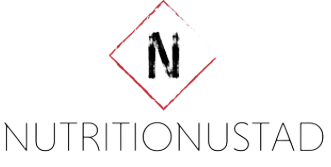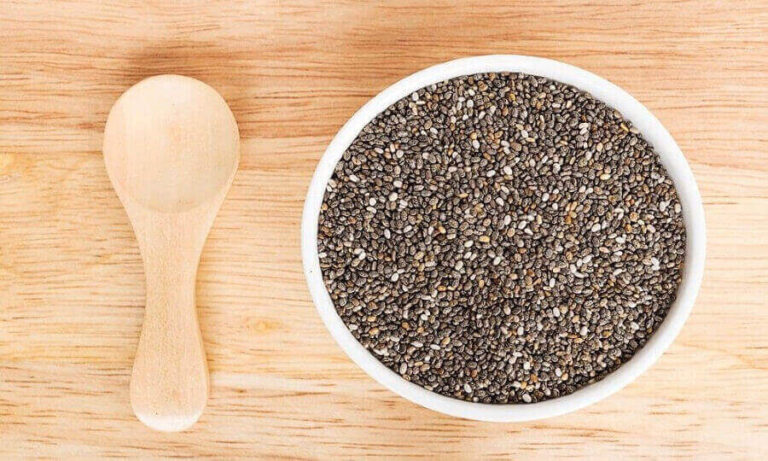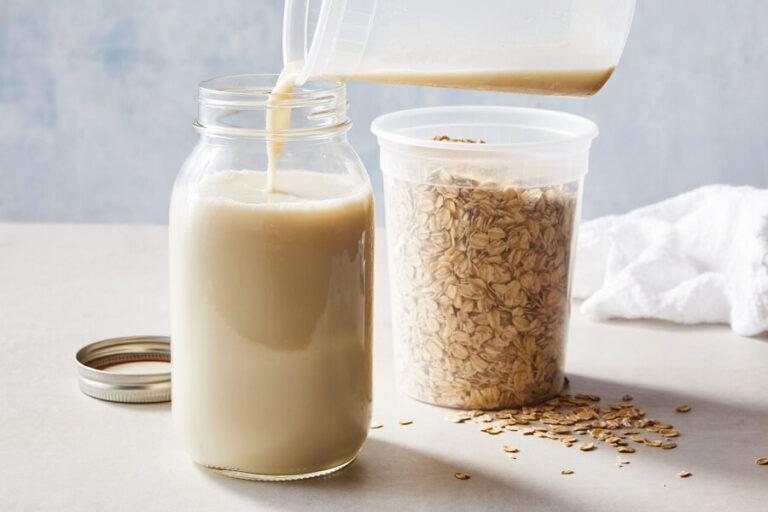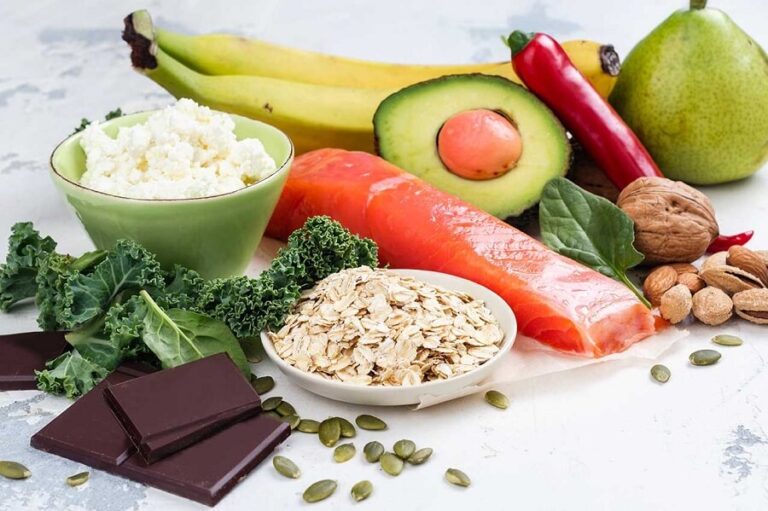Understanding the nutritional value of foods is essential to distinguish between what foods to eat and whatnot.
While it may seem like a complex task at first, a person will be able to determine which are the healthiest foods in a couple of months.
This article details the nutritional value of food and how to read it.
Nutritional Value of Food – What is it?
By definition, the nutritional or nutritional value of food is an indicator of the quality of food based on the essential nutrients that compose it.
The dietary requirements of its consumers define the nutritional value of food.
In humans, the ratio of carbohydrates and fatty proteins must be balanced, and the number of vitamins and minerals should be part of most foods.
How to read the nutritional value of food?
According to the advice of international organizations such as the USDA and the FDA, the steps to read the nutritional value of foods are:
- Read the macronutrient content
The first factor to consider when reading the nutritional value of foods is the macronutrient content: protein, fat, and carbohydrates. On the packaging, this information is listed first. Organizations such as the WHO and FAO recommend an intake of 55-60% carbohydrates, 30% fat, and the rest of proteins. (1,2)
- Amount of calories
Although counting calories is not always necessary, it is essential to understand how much to consume. For this reason, it is the second factor when reading the nutritional value of foods.
- Yes, to vitamins and minerals
It’s not just about macros and calories that good nutritional value is all about. The third step when reading the nutritional value of foods is to check the contribution of vitamins and minerals. Micronutrients usually appear on the packaging as a percentage or in micro or milligrams. Achieving a balance of these components is one of the first rules of a healthy diet.
- Avoid saturated fats, trans fats, and cholesterol.
Trans fat and saturated fat are fat types that tend to accumulate in the body. So they should be avoided. For this, you must fill the section on the nutritional value of foods that indicates the detail of fats. Trans should be limited to less than 1% as saturated to no more than 10% of total calories. (2)
- Evaluate the type of carbohydrates
Carbohydrates are not all the same. In a healthy diet, the number of simple carbohydrates should not exceed 10% of the total caloric intake. (1) When reading the nutritional value of foods, they are listed as total sugars. These are the ones to avoid. On the other hand, the contribution of total carbohydrates can be high.
- The more fiber, the better
Fiber is a type of carbohydrate that the human body cannot digest. However, including foods with fiber is essential to improve the digestion process. The nutritional value of the packaging usually appears under the name of total fibers or vegetable fiber.
- Sodium content
Last but not least, when reading the nutritional value of foods, pay attention to their sodium content. Sodium is an essential mineral for the water balance of our body. However, in excess, it can cause dehydration and complications in the cardiovascular system—the WHO recommends the intake of a maximum of 5 g of sodium per day.
Bonus – details of the nutritional value of foods
For nutritionists or those who are attentive to details, we suggest two more items to keep in mind to read the nutritional value of foods.
- Investigate the fatty acid profile
Not all fats are the same. Researching the fatty acid profile and weighing healthy fats is essential. On the packaging, they are listed as monounsaturated fats and polyunsaturated fats; these are the ones that should be considered in food with high nutritional value. The saturated fat animals should be limited to 10% of the total.
- Check the amino acid profile.
Amino acids are the fundamental elements for the construction of proteins. There are 20 amino acids, the body cannot synthesize essential amino acids, so they must appear on the list. People who do intense physical exercise require a more significant amount. Although these amounts do not usually always appear in the nutritional value of foods, you can check the tables online.
List of ingredients in foods with high nutritional value
A simple way to avoid reading the nutritional value of foods every time is to have natural ingredients predominate. Vegetables and fruits may not be labeled, but they are the best for your health.
On the contrary, industrial foods should be avoided; they have low nutritional value and high food additives: preservatives, titanium dioxide, sodium glutamate, and sugar substitutes.
While the FDA considers these products to be safe in moderate amounts, an excess of these products can generate negative changes in the long-term metabolism.
For example, sodium glutamate is an additive that stimulates the brain to eat more, just as it has been confirmed that sweeteners create a dependency on sweet taste.
Several investigations (4) (5) recommend limiting this type of additive. For this reason, industrial foods are often considered foods with low nutritional value.
Natural foods usually do not have the detail of the nutritional value printed on them. However, in nutrition 360, we have taken care, saving you the work:
- Coconut oil
- Canola Accepted
- Avena
- Goji berries
- Bulgur wheat
- Broccoli
- Coffee grains
- Espirulina
- Apple
- Tomate cherry
- Plantain
- Quinoa
- Salmon
- Pangasius
- Buckwheat
ABSTRACT
- Understanding the nutritional value of food is one of the rules of healthy eating.
- When reading the nutritional value of the food, both the calories, the macronutrients, and the contribution of vitamins and minerals should be evaluated.
- A basic rule of thumb for selecting foods with high nutritional value is avoiding those with high sugar content, saturated fat, and trans fat.
- As a general rule, the consumption of food additives should be avoided: preservatives, sugar substitutes, and flavor enhancers.
- The key to choosing foods with high nutritional value is diversity and weighting those of natural origin.







